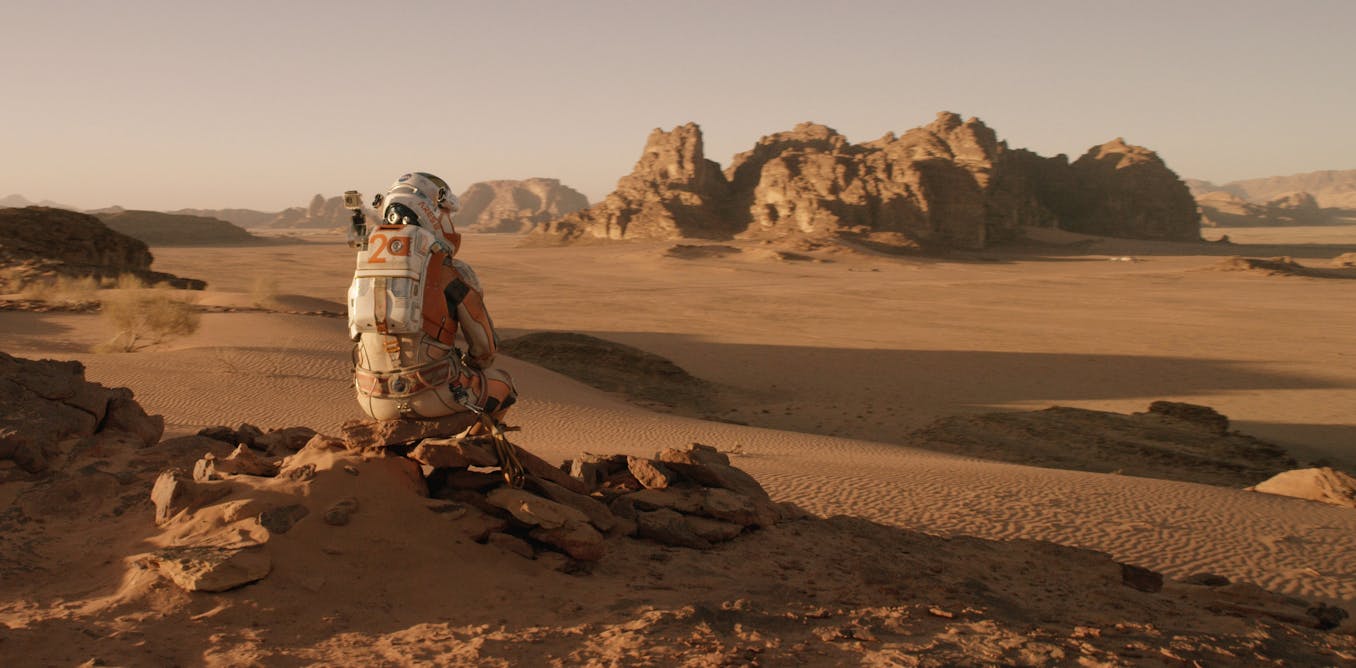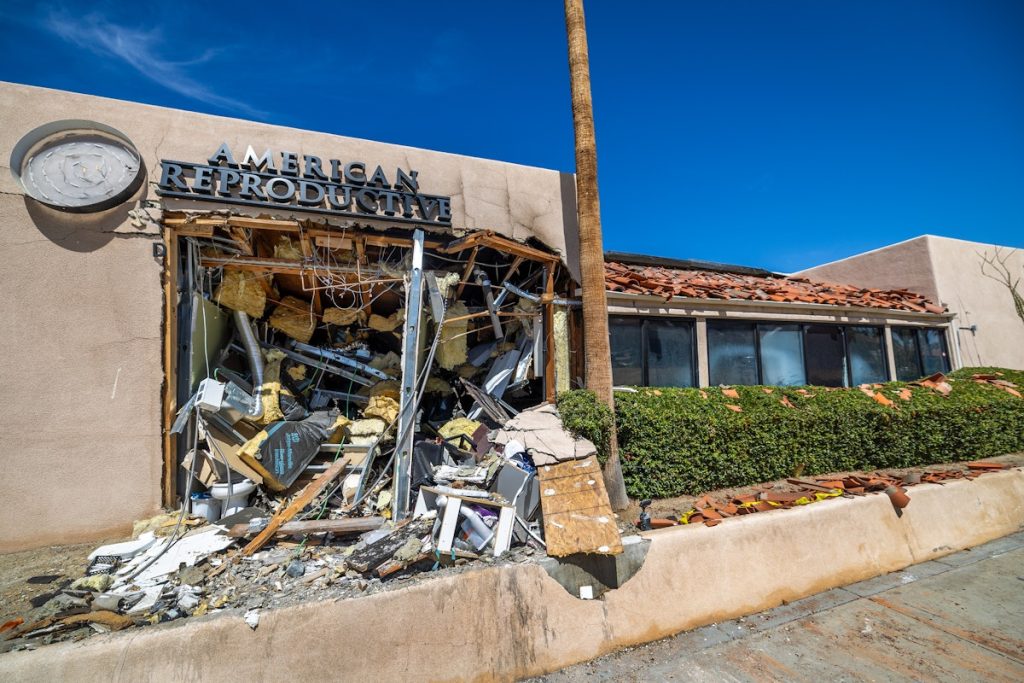Now Reading: A decade after the release of ‘The Martian’ and a decade out from the world it envisions, a planetary scientist checks in on real-life Mars exploration
-
01
A decade after the release of ‘The Martian’ and a decade out from the world it envisions, a planetary scientist checks in on real-life Mars exploration
A decade after the release of ‘The Martian’ and a decade out from the world it envisions, a planetary scientist checks in on real-life Mars exploration

Andy Weir’s popular novel “The Martian” envisions NASA achieving significant milestones by 2035, such as landing humans on Mars multiple times, perfecting return-to-Earth flight systems, and collaborating with the China National Space Administration. A decade has passed since the movie adaptation’s release in 2015, and we are now 10 years away from its fictional timeline. Mars exploration has evolved differently from what was depicted in “The Martian,” showcasing a mix of discoveries and controversies.
As a planetary geologist involved in NASA missions to study Mars, I closely monitor exploration science and policy developments. The U.S. National Space Policy in 2010 aimed for human missions to Mars in the 2030s. However, the White House’s Space Policy Directive 1 in 2017 redirected NASA’s focus to prioritize returning to the Moon through the Artemis program before venturing to Mars.
While crewed missions to Mars have gained traction, NASA’s concrete plans for landing humans on the red planet remain uncertain. Notably, robotic missions have been driving discovery and sparking the human imagination over the past decade, outpacing crewed missions.
NASA’s 2023 Moon to Mars Strategy and Objectives Development document outlined the agency’s plan to first reach the Moon and then proceed to Mars. Since 2015, satellites and rovers have revolutionized scientists’ understanding of Mars, unveiling insights into its changing climate over time.
Exploration of Arabia Terra, a region crucial to “The Martian” story, has been a key focus of scientific investigations in the past decade. Detailed analyses using satellite imagery have shed light on the area’s geological history and climate shifts. The study of layered sedimentary rocks has provided valuable information on Mars’ past environment.
Despite significant progress in Mars exploration, many mysteries persist, including uncertainties about rock types, atmospheric conditions, and potential signs of past life. Ongoing missions like the Mars Sample Return aim to address these questions by bringing Martian samples back to Earth for detailed analysis.
While the idea of colonizing Mars is appealing, challenges remain in making it a reality. SpaceX and Elon Musk have championed the vision of human settlement on Mars, but practical hurdles and financial constraints pose significant obstacles. As NASA faces possible budget cuts, the future of planetary science and robotic exploration, including sample return missions, hangs in the balance.
Despite the allure of human space exploration, it is the robotic missions and scientific endeavors that have provided invaluable insights into Mars and inspired imaginations about what it would be like to step foot on the planet’s surface.






